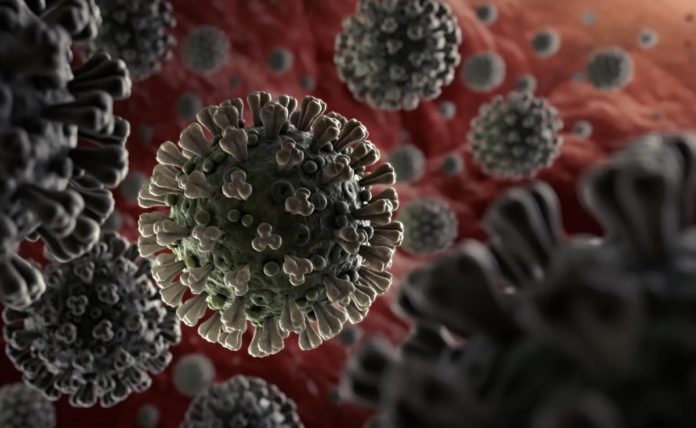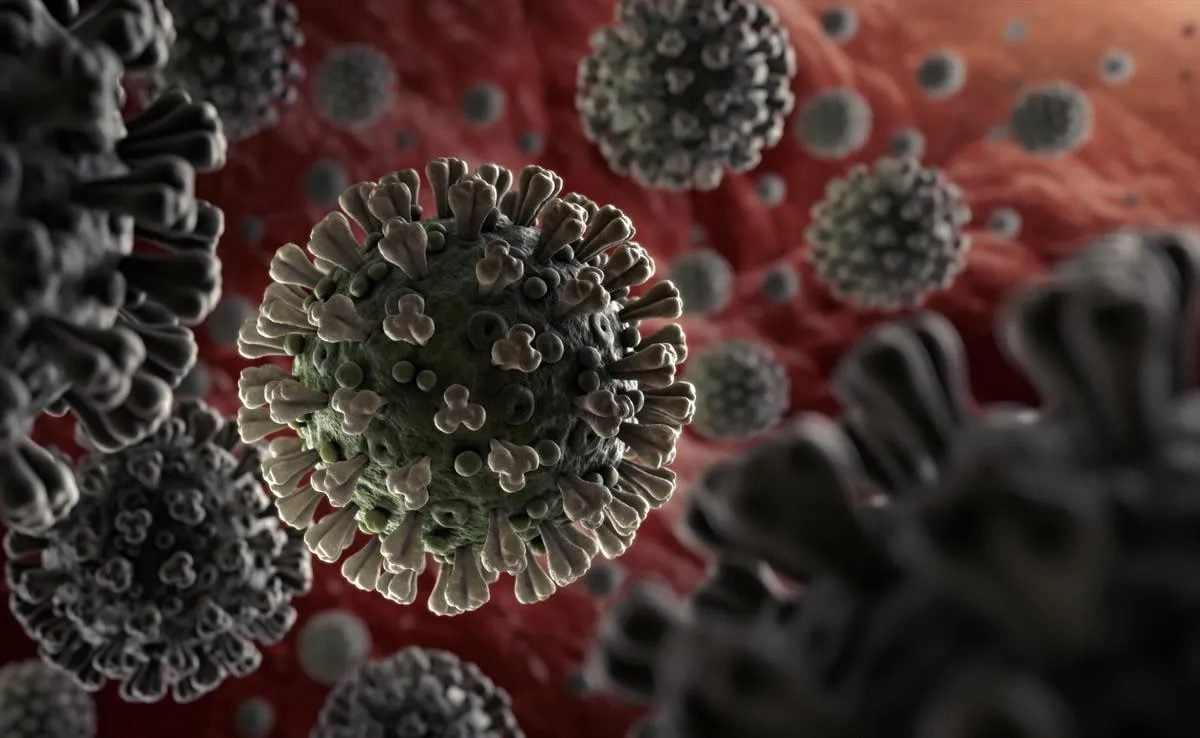On Friday, the Centers for Disease Control and Prevention (CDC) announced that it is monitoring a new COVID-19 variant known as “XBB,” which is responsible for an estimated 3.1% of all new infections in the United States, according to Yahoo News.
Back in October, health officials in the US said they were tracking a new Covid strain that is being called the “most vaccine-resistant ever” after causing a surge in cases in Singapore.
The recent outbreak of infections in Singapore has been traced to XBB, a “recombinant” of the Omicron subvariants BA.2.10.1 and BA.2.75.
“Preliminary research suggests the Omicron subvariant XBB might carry a higher infection risk and be more resistant to neutralizing antibodies from booster vaccine doses and antibody drugs, but more studies are needed, according to Verywell Health.
According to the latest weekly estimates from the CDC, the Northeast is where the strain has spread the farthest. In this week’s CDC’s “Nowcast,” over 5% of infections in the areas spanning New Jersey through Maine are related to XBB.
Yahoo News reported:
Earlier this month, the CDC offered preliminary estimates suggesting XBB is potentially doubling in proportion about every 12 days. That could be faster than the current pace of the BQ.1 and BQ.1.1 variants now dominant across the country.
However, the Biden administration’s top COVID officials and experts say they do not think XBB will pose a new threat on the scale of when the Omicron variant first emerged a year ago.
“Where we’ve seen surges, they’ve seen mostly it be driven by seasonality, people coming inside, spending more time around one another, but not being specifically being driven by the emergence of a new variant,” the CDC’s Ian Williams told a meeting of the CDC’s emergency response and preparedness advisers earlier this month.
XBB is one of several new lineages that have displaced BA.4 and BA.5, the Omicron variant siblings that had driven a wave of cases over the summer. As of this week, the CDC says BA.5 has fallen to less than 1 in 5 new infections nationwide and BA.4 has now virtually disappeared.
The strain’s arrival also comes at a time when most regions, including the Northeast, are seeing relatively flat or slowing COVID-19 hospitalization rates.
Around 3 in 4 Americans currently live in counties deemed at “low” COVID-19 Community Levels, the lowest tier of precautions recommended by the agency, according to figures released Friday by the agency.
“However, there’s a lot of worry that a new variant could emerge and start us all over again. So there’s a lot of work focusing on making sure we’re prepared and thinking about that and watching if it emerges around the world, so we can become prepared,” Williams added.



